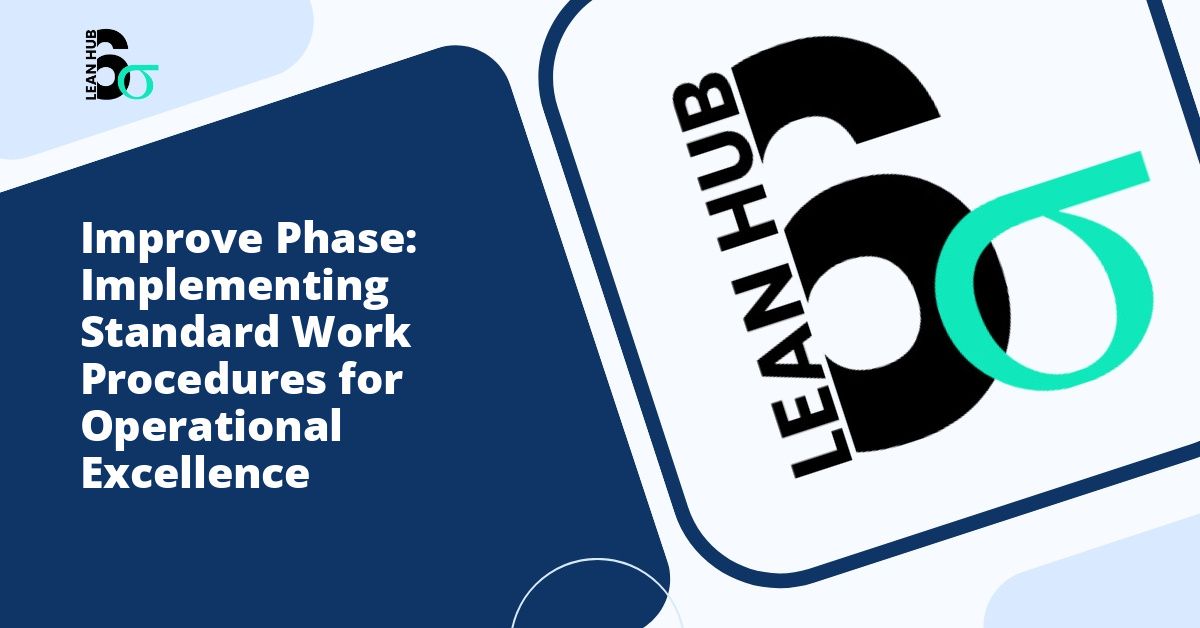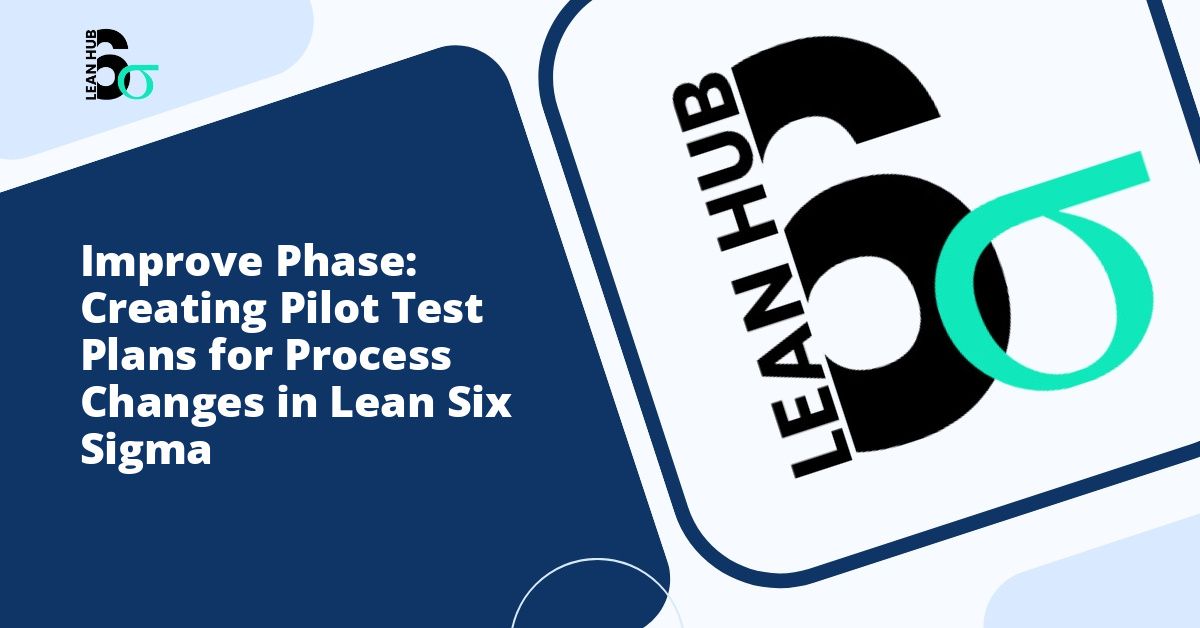In the world of process improvement and quality management, rushing into full-scale implementation of changes can be costly and risky. This is where pilot studies become invaluable tools for organizations seeking to test their improvement initiatives before committing significant resources. Understanding how to properly structure a pilot study can mean the difference between successful organizational transformation and expensive failures.
A pilot study, also known as a feasibility study or trial run, serves as a small-scale preliminary investigation designed to evaluate the viability of a proposed improvement before full implementation. Whether you are working within a lean six sigma framework or implementing other improvement methodologies, mastering pilot study design is essential for sustainable organizational change. You might also enjoy reading about Solution Selection Matrix: How to Choose the Best Improvement from Multiple Options.
Understanding the Purpose of Pilot Studies
Before diving into the structural elements of pilot study design, it is crucial to understand why these preliminary tests matter. Pilot studies serve multiple purposes within improvement projects. They allow teams to identify potential problems in the implementation process, test the feasibility of data collection methods, and estimate the resources required for full-scale deployment. You might also enjoy reading about Cost-Benefit Analysis for Improvements: How to Justify Your Solution Investment.
Additionally, pilot studies provide an opportunity to gain buy-in from stakeholders who may be skeptical of proposed changes. When decision-makers can see tangible results from a controlled test environment, they are more likely to support broader implementation efforts. This aspect is particularly important during the recognize phase of improvement projects, where identifying opportunities and gaining organizational support are critical. You might also enjoy reading about How to Conduct a DOE Study: Step-by-Step Guide for Six Sigma Projects.
Key Components of Effective Pilot Study Design
1. Define Clear Objectives
The foundation of any successful pilot study begins with clearly defined objectives. What specifically are you trying to learn or prove? Your objectives should be measurable, achievable, and directly related to the improvement you are testing. Vague objectives lead to inconclusive results, while specific objectives provide actionable insights.
For example, rather than stating “improve customer satisfaction,” a better objective would be “reduce customer complaint resolution time by 25% through implementation of a new ticketing system.” This specificity allows you to design appropriate measurements and determine success criteria.
2. Select the Appropriate Scope and Scale
Determining the right size for your pilot study requires careful consideration. Too small a sample may not provide statistically significant results or reveal all potential issues. Too large a pilot defeats the purpose of testing before full implementation and increases risk exposure.
Consider factors such as the complexity of the change, available resources, timeline constraints, and the level of risk associated with failure. A common approach is to select one department, shift, or location that represents the broader organization while remaining manageable in scope.
3. Establish Baseline Measurements
Before implementing any changes, you must establish baseline measurements of current performance. This baseline serves as your comparison point for evaluating whether your improvement actually produces the desired results. Within lean six sigma methodologies, this aligns with the recognize phase where current state analysis is performed.
Document current processes thoroughly, including cycle times, error rates, costs, customer satisfaction scores, or whatever metrics are relevant to your improvement objective. Use multiple data collection points to ensure reliability and account for natural variation in the process.
4. Develop a Detailed Implementation Plan
Your pilot study requires a comprehensive implementation plan that outlines every step of the testing process. This plan should include:
- Specific timeline with milestones and checkpoints
- Roles and responsibilities of all team members
- Required resources including budget, materials, and personnel
- Communication strategy for keeping stakeholders informed
- Training requirements for participants
- Data collection methods and frequency
- Contingency plans for addressing potential problems
The more detailed your implementation plan, the more smoothly your pilot study will progress and the more reliable your results will be.
5. Design Robust Data Collection Methods
The validity of your pilot study depends heavily on the quality of data you collect. Design data collection methods that capture both quantitative and qualitative information. Quantitative data provides measurable evidence of improvement, while qualitative feedback from participants reveals practical implementation challenges and opportunities for refinement.
Consider using multiple data collection methods such as surveys, observations, interviews, system-generated reports, and direct measurements. This triangulation of data sources strengthens the reliability of your findings and provides a more complete picture of the pilot’s performance.
6. Identify Success Criteria in Advance
Before beginning your pilot study, establish clear criteria for determining success or failure. These criteria should be objective, measurable, and agreed upon by key stakeholders. Setting these standards in advance prevents bias in interpretation and provides clear guidance for decision-making after the pilot concludes.
Success criteria might include specific improvement percentages, cost savings targets, error rate reductions, or customer satisfaction thresholds. Be realistic in setting these criteria, accounting for the learning curve and adjustment period inherent in any change process.
Executing Your Pilot Study
Once your design is complete, execution requires discipline and attention to detail. Begin with thorough training for all participants, ensuring they understand not only what is changing but why the change matters. This connection to purpose increases engagement and improves the quality of implementation.
During the pilot period, maintain consistent communication with all stakeholders. Regular check-ins allow you to identify and address issues quickly, preventing small problems from derailing the entire study. Document everything, including unexpected challenges, participant feedback, and any deviations from the original plan.
Resist the temptation to make major changes during the pilot study itself. While minor adjustments may be necessary, substantial modifications compromise the integrity of your test. If significant problems arise that require major changes, it may be better to stop, redesign, and restart the pilot rather than continue with a flawed test.
Analyzing Results and Making Decisions
After completing your pilot study, conduct a thorough analysis comparing your results against both baseline measurements and success criteria. Look beyond simple metric improvements to understand the full impact of the change. Consider unintended consequences, resource requirements, sustainability concerns, and scalability challenges.
Involve the pilot study participants in the analysis process. Their frontline experience provides valuable insights that numbers alone cannot reveal. What worked well? What proved more difficult than anticipated? What unexpected benefits or challenges emerged?
Based on your analysis, make one of three decisions: proceed with full implementation as tested, modify the approach and conduct another pilot, or abandon the initiative. Each decision is valid depending on what the pilot study revealed. Remember that discovering an approach will not work is itself a valuable outcome that saves the organization from larger-scale failure.
Integration with Lean Six Sigma Methodologies
Pilot studies fit naturally within lean six sigma frameworks, particularly supporting the recognize phase where opportunities are identified and validated. The structured approach of pilot study design complements the data-driven nature of lean six sigma, ensuring that improvement initiatives are thoroughly tested before consuming significant organizational resources.
The DMAIC (Define, Measure, Analyze, Improve, Control) cycle benefits greatly from pilot studies conducted during the Improve phase. Before implementing solutions across the entire organization, pilot studies allow teams to verify that proposed improvements actually deliver expected results under real-world conditions.
Conclusion
Effective pilot study design is both an art and a science, requiring careful planning, disciplined execution, and thoughtful analysis. By following a structured approach that includes clear objectives, appropriate scope, baseline measurements, detailed planning, robust data collection, and predetermined success criteria, organizations can significantly reduce the risks associated with process improvement initiatives.
Whether you are working within lean six sigma methodologies or other improvement frameworks, pilot studies provide the testing ground where theories meet reality. The investment in properly designed pilot studies pays dividends by preventing costly mistakes, building stakeholder confidence, and increasing the likelihood of successful full-scale implementation. In today’s competitive environment, organizations that master pilot study design gain a significant advantage in their continuous improvement journeys.








